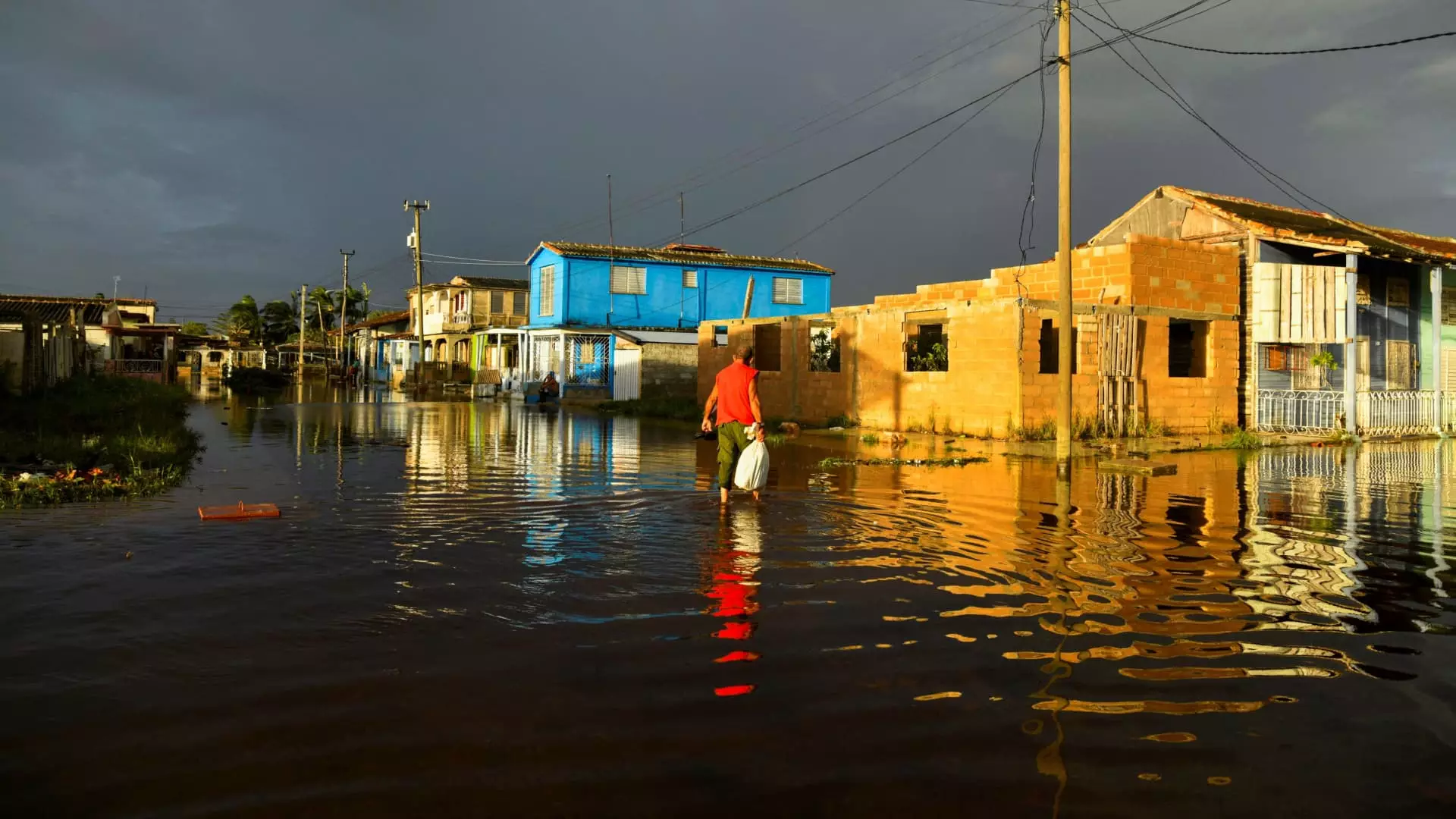In a significant meteorological event, Hurricane Rafael took center stage on Friday morning as it traversed the Gulf of Mexico—the first major hurricane to do so in November in nearly four decades. The unusual timing of such a powerful storm poses serious threats to the southern coastline of the United States. As forecasters predicted, the Gulf region braced for dangerous surf conditions and strong rip currents as Rafael made its way through an area already beleaguered by contrasting weather patterns.
Rafael’s excursion into the Gulf did not come without its share of destruction; the turmoil began earlier in Cuba, where the hurricane wreaked havoc, leaving countless residents without power. As reports surfaced, it became apparent that millions were plunged into darkness as winds peaked at 115 mph, taking down critical infrastructure including six electricity towers. This chaos led to a devastating blackout affecting the entire national grid, a situation exacerbated by the fact that the country has already seen another full blackout just a month prior.
The Cuban government was quick to act, with President Miguel Díaz-Canel visiting affected regions to assess the damage and ensure recovery efforts were underway. In a nation where 10 million individuals depend on a fragile energy system, the compounded crises of the storm and the failing electricity grid revealed deep vulnerabilities. The capital, Havana, home to around 2 million people and characterized by densely populated, aging structures, is particularly susceptible to disasters of this magnitude.
With the storm gaining strength, authorities initiated preemptive evacuations to safeguard citizens from Rafael’s fury. Over 283,000 evacuees sought refuge from the storm, with a substantial number coming from the capital city. As they arrived at designated shelters, many found their immediate needs unmet, prompting desperate measures from locals. With few options available, some turned to hotels with backup generators, a stark reminder of the palpable energy crisis that has gripped the island.
Residents exhibited remarkable resilience, finding creative ways to charge their devices using the limited resources available. A local resident, Mario de la Rosa Negrin, articulated the daily struggles caused by both the storm and the energy shortfalls, illustrating a growing sense of frustration and fatigue among the populace. He noted the commendable solidarity shown by hotels, which extended power to neighboring homes to alleviate some of these burdens.
As Hurricane Rafael stood as the 17th named storm of the 2023 hurricane season, its status is further emphasized by its classification as a Category 3 hurricane—tying it with Hurricane Kate from 1985 as one of the strongest storms recorded during a typically quieter month. While predictions indicate that Rafael may weaken over the weekend, its residual effects are still a cause for concern, particularly with the potential wind gusts capable of reaching up to 73 mph among areas considerably distant from the hurricane’s core.
Rafael serves as a stark reminder of the increasing unpredictability of weather patterns and the serious consequences that climate change may have on storm behavior. With scientists asserting that warmer ocean temperatures can fuel such extreme weather events, the implications for coastal communities could be severe and far-reaching. For now, both Florida and Cuba are left to grapple with the consequences and rebuild in the aftermath of Rafael’s striking display of nature’s untamed power.


Leave a Reply